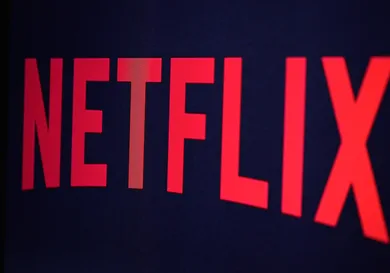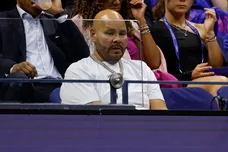Race is an important subject. Whether people like to believe it or not, with race comes cultures and sub-cultures that help mold experiences, languages, foods, style, religious affiliations, and much more. Almost every company with a marketing platform considers demographics, which may include race, age, and sex. Recently, Netflix was accused of targetting their audience based on race. Some consumers felt as if Netflix was changing the characters in their promotional material to match different races.
https://twitter.com/_/status/1052776984231718912
According to The Hollywood Reporter, Netflix denied these allegations via an emailed statement. "Reports that we look at demographics when personalizing artwork are untrue," reads the statement. "We don't ask members for their race, gender or ethnicity so we cannot use this information to personalize their individual Netflix experience. The only information we use is a member's viewing history. In terms of thumbnails, these do differ and regularly change. This is to ensure that the images we show people are useful in deciding which shows to watch."
Netflix did implement a feature called artwork personalization though. The feature works to predict what actor should be shown in the film or movie's artwork. For example, if a user watches many comedies, then when they highlight Good Will Hunting, a picture of Robin Williams might appear as the artwork. If the consumer enjoys romantic comedies, on the other hand, the artwork for the same film may change to Matt Damon and Minnie Driver.







